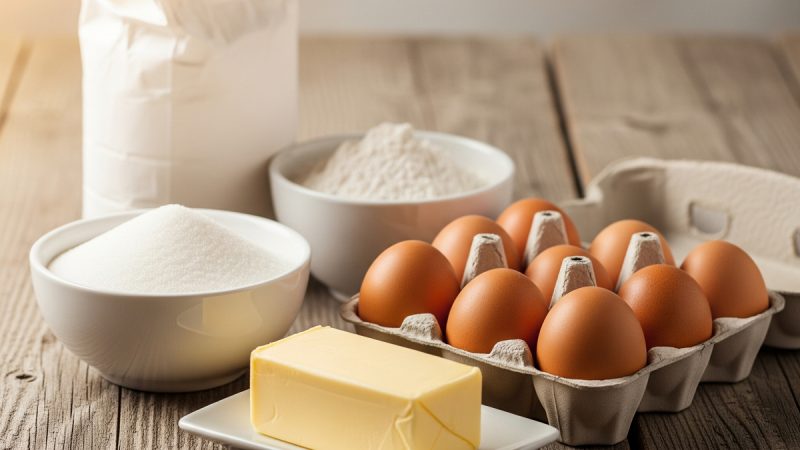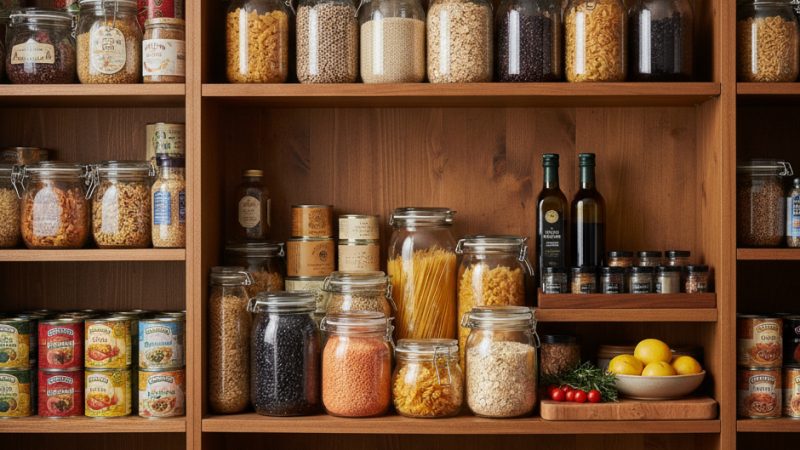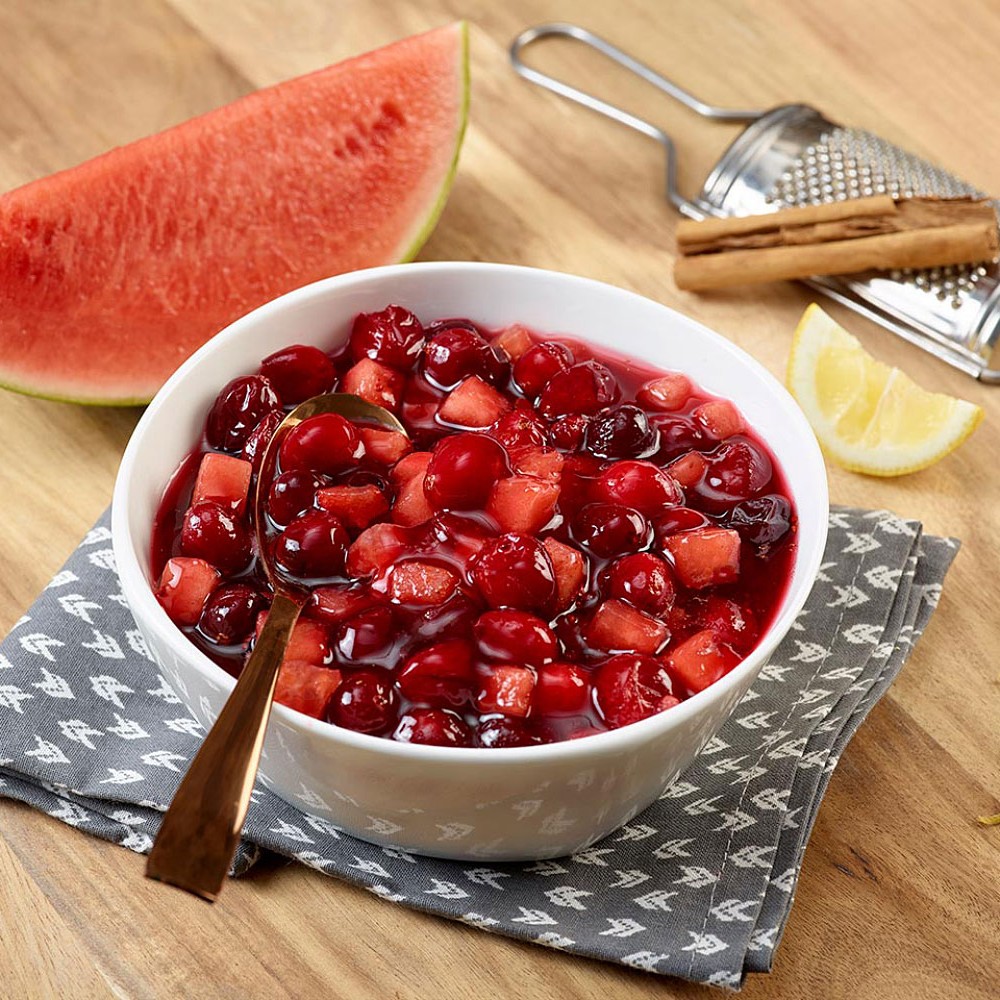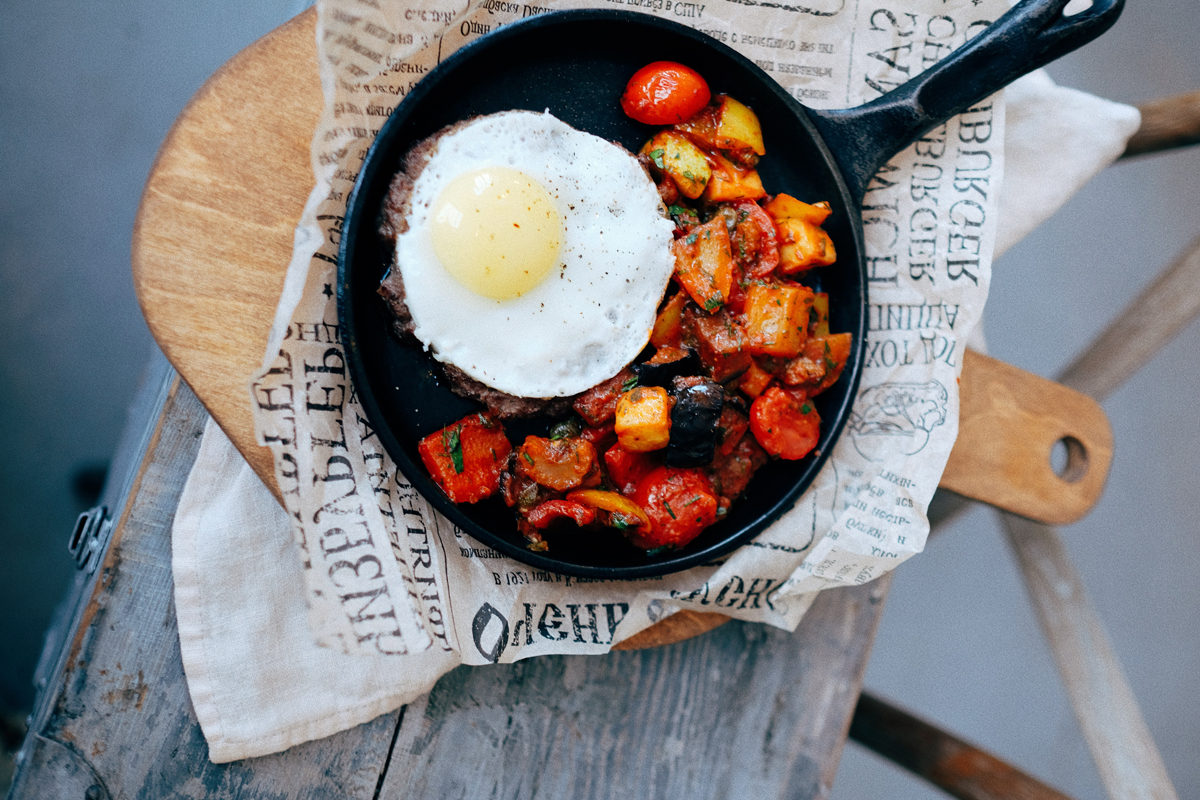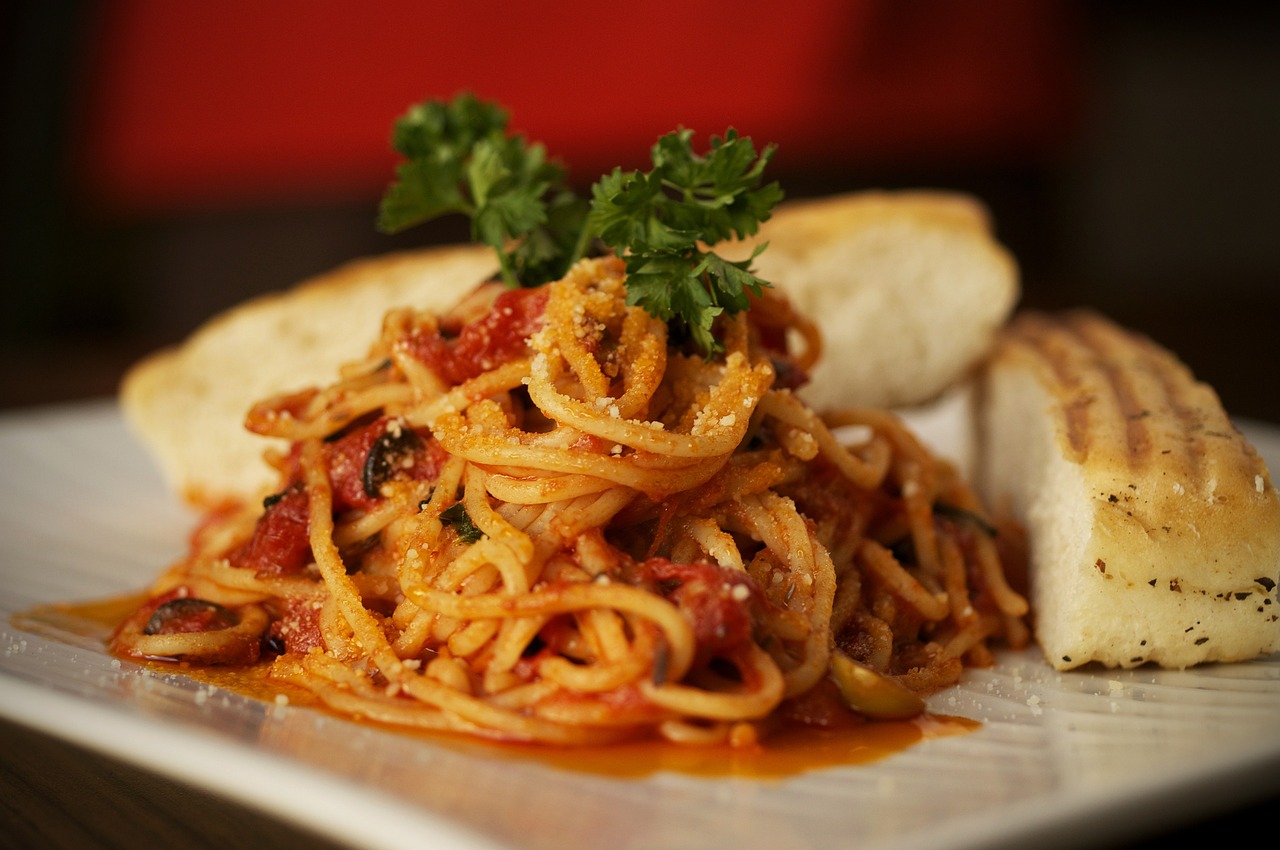Once-A-Month-Cooking: How to Make Your Plan Work

As one of the oldest children in a family of nine, I know that cooking for a crowd can almost be a full-time job. Once-a-month-cooking has been a lifesaver for our family. In the beginning though, when we first heard of cooking 30 meals in one day, it sounded rather impossible. It was not until we had tried it, though, that we found it is not only possible, but it can even be quite simple and fun!
If you are skeptical about taking on what might seem like an overwhelming task to you, let me first share some of the blessings which have resulted for our family from once-a-month-cooking.
• It has saved us many hours of trying to figure out what to have for dinner and answered the infamous question, “What’s for dinner?”
We have been more readily able to show hospitality to other families when the main dish is already made and in the freezer. (We usually plan ahead for this by doubling or tripling seven to ten of the recipes on cooking day to use as “company meals.”) In like manner, it is much easier to being meals to needy families when you have casseroles in the freezer ready to be pulled out and heated at the drop of a hat. (We also plan for this by preparing many of the dishes in disposable pans.)
• It saves time (You only have to do mountains of dishes one day a month, not every day! You also don’t have to start dinner at 4:30 p.m. or earlier everyday… just pull dinner out to thaw in the morning.) and money (You can usually save quite a bit by buying in bulk).
• We are brought closer together as we spend a special day as a family cooking these meals.
• This is an excellent lesson in Home Economics for your children. Mom always has the oldest girls plan the menu, grocery list, and strategy for the cooking day. She often has us do the grocery shopping, as well.
Planning
Proper planning is essential for a successful cooking day. I usually start planning at least a week in advance. First, pick which day will be your cooking day. Clear your schedule that day. You will want to focus your energies entirely on cooking.
Menu Planning:
After you have chosen your cooking day, begin menu planning. Go through your cookbooks and find recipes suitable for freezing. Strive for variety. My list usually includes: one-dish dinners, meatloaf, meatballs, layered casseroles, soups, chili, hamburgers, meatless dishes, and so on. Make sure that you include a number of family favorites, in addition to any new recipes you may be trying out. You do not want to fill your freezer with meals your family won’t find appetizing! When you write down your menu, make sure and write down the cookbook and page number the recipe came from. In addition, mark whether you are planning to double or triple the recipe.
Make Your Grocery List:
Using your menu list, write down the quantities of ingredients needed for each recipe. I like to categorize like ingredients on five to seven different lists (meats, vegetables, cheese, pasta, spices, etc.). Take these lists and combine all like ingredients onto a final list. For example, if there are fifteen recipes calling for one pound of ground beef, you will write “15 pounds ground beef” on your final grocery list.
After you have made your final grocery list, make sure and check your cupboards to see what you might already have on hand. You probably have most of the seasonings. But be sure that if you need four teaspoons of garlic powder, you actually have that much in the jar. I have not checked thoroughly before, and it has been real headache.
I have found it most helpful to keep a separate “food preparation list” along with my grocery list which states what is to be done with the items which I need large quantities (Such as, if one the items on your list is “20 pounds of chicken breasts,” note beside that item how many cups need to be cooked and diced, how many chicken breasts need to be cooked and left whole, how many need to be left frozen, etc.).
You will also want to make sure you have plenty of freezer bags and foil on hand. These will be essential on your cooking day.
Cooking Day Strategy: It is wise to develop a basic cooking day strategy of what you will do when. This does not need to be an exhaustive list, but it will save you time and effort if you have planned the basic order of what you will be cooking when. If you are going to be working together as a family on cooking, plan who is responsible for what tasks. Although everyone will need to be flexible, it will definitely save hassle to have most of the schedule worked out ahead of time.
Shopping:
The day before you begin cooking, do your grocery shopping. Make sure you do not rush through this. Read your list thoroughly and check to get the best deal.
Cooking
The sooner you can start in the morning, the better. Begin by cooking the meats, grating the cheese, chopping the onions, or whatever bulk preparations your “food preparation list” says you need to do. If you have planned to make soups, you should start these early on, as they usually need to cook for longer.
Cooking the meat is one of the most time-consuming projects and you will probably find you end up browning ground beef and boiling chicken most of the day! As much as is possible, use all of the burners on your stove at the same time.
Keep soapy water in the sink at all times and take turns being on “dish duty.” As soon as a dish is used, wash it. This will save you from having an enormous mess at the end of the day. You might also find it helpful to take a five-minute kitchen cleaning break every hour or so to wipe down the counters and put things away which you are no longer using.
Freezing
What do you do with the completed dishes? Here are some guidelines for freezing:
• We always designate the kitchen table as our “finished recipe” zone. We often have someone who is specifically just working on labeling things and taking them to the freezer from the kitchen table.
• Proper labeling is a key factor in making sure you know what you have in freezer. Make sure you label the containers with the recipe, the cookbook it came from, the page number, how many it serves, and any additional instructions for the dish. Also write out a list with all of the recipes you make and freeze and how many they serve on the outside of your freezer.
• Transfer soup to a big bowl and cool for about an hour. You can either place the soup in plastic freezer bags or plastic containers with lids (32 oz. cottage cheese and yogurt containers work well for this).
• Most other recipes can be transferred to plastic freezer bags. Do not fill the bags very full, as foods expand when frozen. Do not put anything which is still hot into bags. You will likely split the bag at the seams and have a gigantic mess to deal with!
• Use smaller labeled bags for cheese or anything else to be sprinkled on top once the dish is cooked. Make sure you keep these in a very accessible place in the freezer.
• If the recipe is something like lasagna which cannot be frozen in a plastic bag, freeze it in the size of pan the recipe calls for, cover with foil, and label.
I wholeheartedly encourage you to give once-a-month-cooking a try. If you are like us, you will soon wonder how you ever lived without cooking this way! You could also simplify this plan and just cook for two weeks at a time to start.
For further information, ideas, and recipes, I highly recommend you read Once-A-Month-Cooking by Mimi Wilson and Mary Beth Lagerborg and Dinner’s in the Freezer by Jill Bond.
Happy Cooking!
The Author:
Crystal Paine is a 23-year-old home school graduate and the owner of Covenant Wedding Source, LLC (an online retail bridal business). She writes articles on a variety of topics and recently authored her first booklet for young women, The Merchant Maiden: Earning an Income Without Compromising Convictions. She lives with her husband in Topeka, KS. They are expecting their fist child in January.

